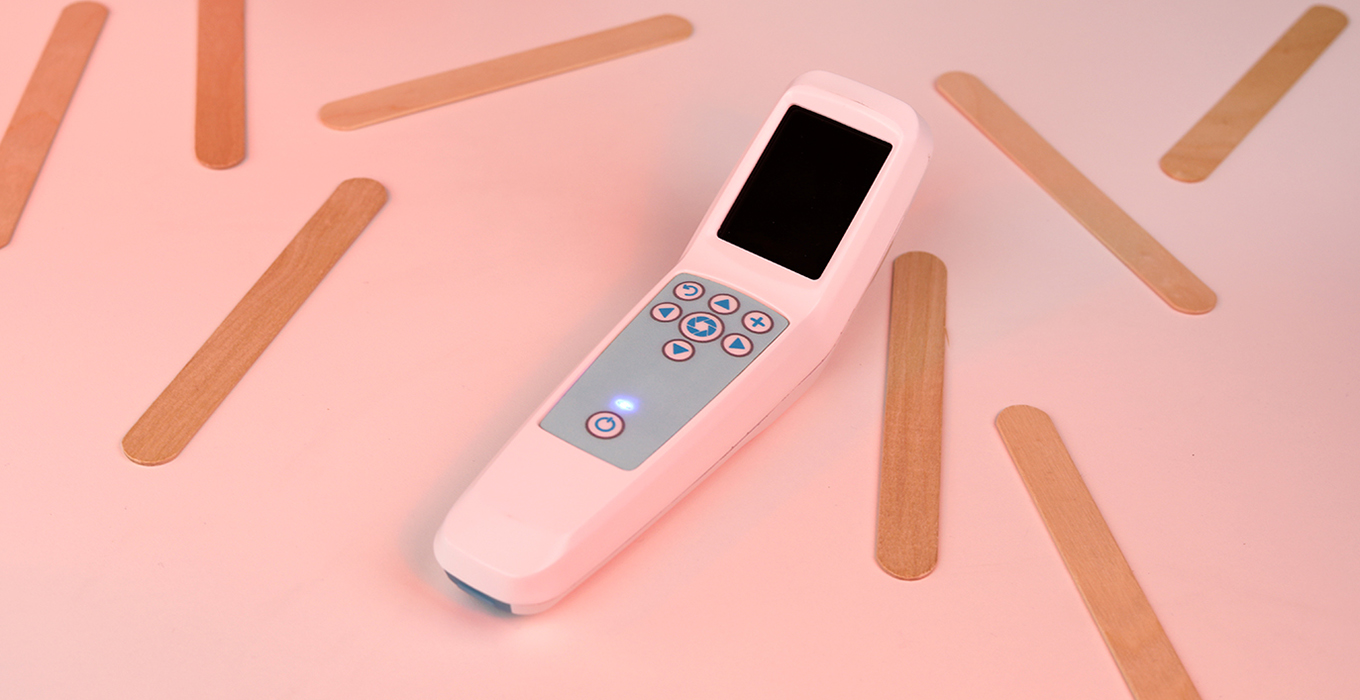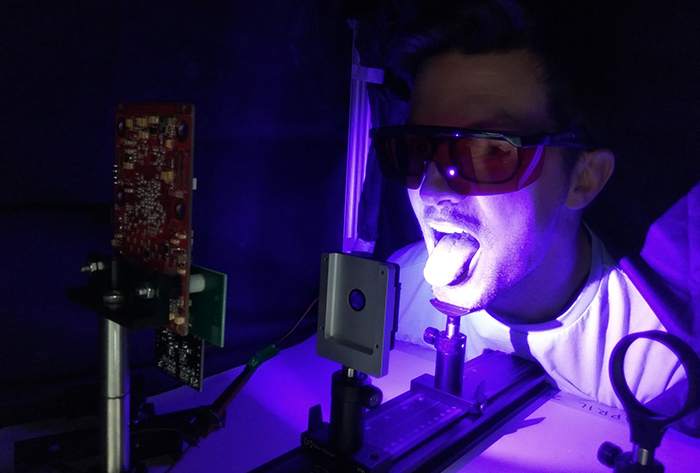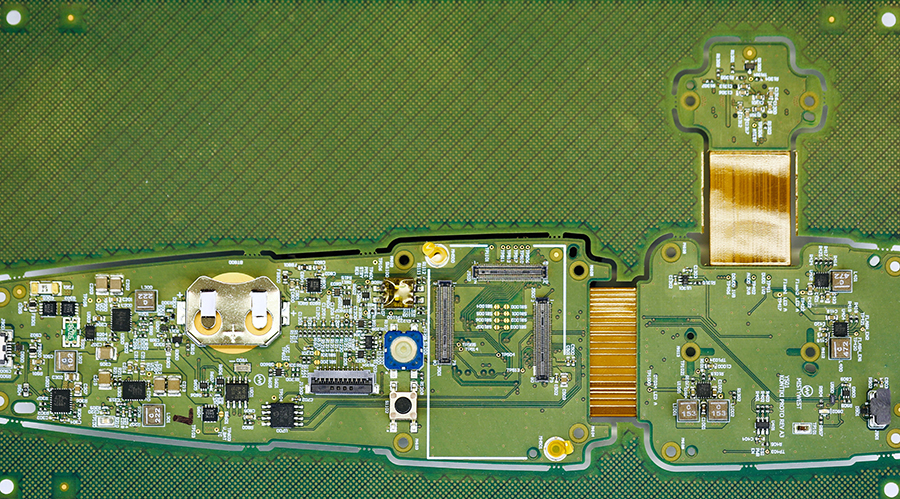
MistyWest redesigned a pre-existing prototype of a handheld computer vision diagnostic device so that it would meet the Internal Review Board (IRB)’s usability and deployment requirements of a clinical setting.
Background
Light AI is an emerging company developing a novel AI-powered solution for diagnosing streptococcal pharyngitis (strep throat). They came to MistyWest with an early prototype of a handheld spectroscopic device that uses UV light to detect the autofluorescence of bacterial metabolic by-products—offering a faster, more accurate alternative to traditional testing and helping reduce unnecessary antibiotic use.
However, the original prototype didn’t meet clinical usability standards; it required direct contact with the patient, which key clinical partners deemed unsafe under Internal Review Board (IRB) guidelines. To move forward with clinical trials in the US, the device needed a full redesign.


The Solution
MistyWest worked closely with the client’s team consisting of experts from LED Medical Diagnostics Inc. and BCIT Make+ to define the project requirements at the level required for an FDA Investigational Device Exemption (IDE) application.
During the complete system redesign, our team designed a spectroscopic imaging system to improve the accuracy of the device. We increased the irradiance of the UV LEDs, removing the need for direct contact and making the device safer to use. MistyWest also designed a disposable injection-molded plastic barrier that protected the device from potential contamination during use.
Outcomes
After assembling, testing, and verifying the system in-house, we prepared a full documentation package for hospital IRB submission. The updated device met the client’s requirements for usability and deployment in a clinical setting, achieving a critical milestone for our client.
Our client achieved success in running clinical studies at UCLA involving hundreds of patients, and following were able to raise $5 million in funding from major venture partners, allowing them to further develop and improve the device for wider use.
